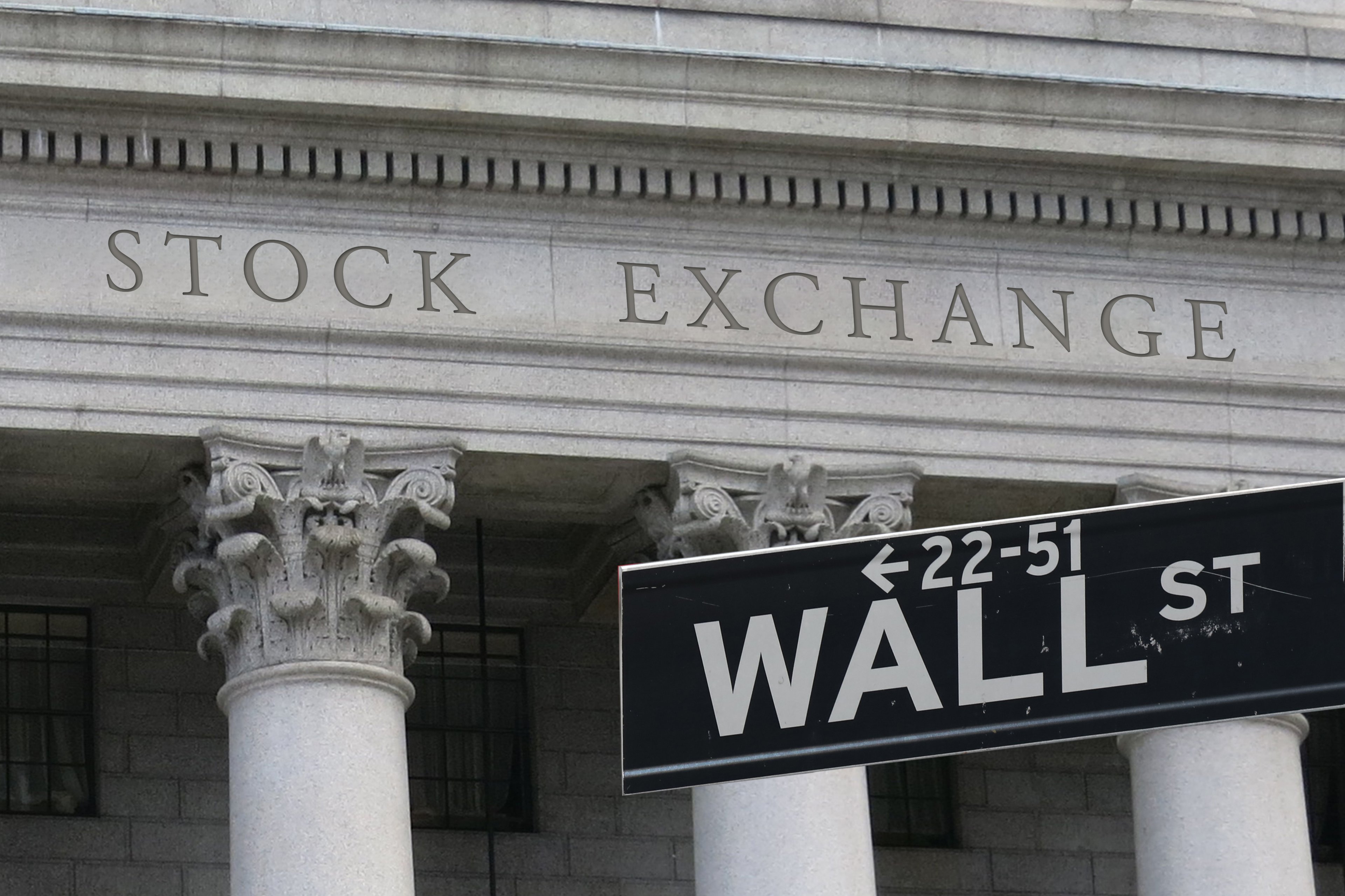Massive financial institution JPMorgan Chase (JPM 0.99%) just reported its fourth-quarter and full-year 2019 results, and to put it mildly, the bank has set a high bar for other U.S. banks. Not only did JPMorgan Chase produce excellent top- and bottom-line numbers, but there was little to dislike about any of the bank's figures.
With that in mind, here's a rundown of the key takeaways for investors from JPMorgan's report.

Image source: Getty Images.
The headline numbers
When you hear earnings results discussed on TV, they generally focus on the top-line (revenue) and bottom-line (EPS) numbers. While these rarely give a full picture of how strong a company's quarter was, they are certainly an important piece of the puzzle.
With that in mind, JPMorgan Chase's fourth-quarter earnings were $2.57 per share, handily beating expectations of $2.35. For the full year 2019, the bank earned $10.72 per share, which represents 19% growth over 2018.
On the top line, JPMorgan Chase generated revenue of $29.2 billion, more than $1.25 billion higher than analysts were expecting. For the full year, revenue of $118.7 billion was 7.2% higher than it was in 2018.
Notice that earnings grew significantly faster than revenue, which is a strong sign that the business ran more efficiently in 2019 than it did the year before. With the bank's efficiency ratio falling from 59% in the fourth quarter of 2018 to 55% in this quarter, that certainly appears to be the case.

Image source: Chase.
Digging a little deeper
As I mentioned, the headline numbers don't tell the full story, so here's a quick rundown of JPMorgan Chase's fourth-quarter and full-year 2019 highlights:
- Trading revenue, particularly on the fixed-income side, has been a weak spot throughout the sector in recent quarters, but not this time. JPMorgan Chase's fixed-income trading revenue jumped by a staggering 86% year over year and was about $800 million higher than analysts were looking for. Equity trading revenue grew by a more modest (but still encouraging) 15%.
- The consumer business grew revenue by 3%, despite a 2% decline in core consumer and business banking, fueled by lower interest margins (deposit margins shrank from 2.55% to 2.28% year over year). However, an impressive 8.5% jump in credit card and auto loan revenue more than made up for it. Credit card sales volume increased by more than 10%, and the bank originated 21% more auto loans than in the fourth quarter of 2018.
- Deposits grew by an impressive 7% year-over-year pace, showing that JPMorgan Chase is doing a great job of attracting consumers' money despite a surge in online-based competition. On the lending side, JPMorgan's loan portfolio grew by 3% over the past year, excluding home loan sales.
- Thanks mainly to excellent stock market performance, JPMorgan Chase's asset and wealth management business saw assets under management soar by 19% year over year.
- JPMorgan Chase ran a 15% return on equity (ROE) for the full year and a return on assets (ROA) of 1.33%. These were both substantially improved from 13% and 1.24%, respectively, in 2018 and show that the bank is doing an excellent job of improving profitability and efficiency despite a falling-interest-rate environment.
The bottom line on JPMorgan Chase earnings
JPMorgan Chase has produced solid numbers recently -- the fourth quarter was just a continuation of the bank's fantastic third-quarter totals. The stock price reflects this. JPMorgan Chase is up by nearly 40% over the past year, handily outperforming the overall financial sector and most other big U.S. bank stocks.
This isn't to say that JPMorgan Chase is necessarily expensive. In fact, at less than 13 times TTM earnings, I'd argue the exact opposite. The performance is well deserved, and if the bank continues to beat expectations, the market-beating returns for shareholders could certainly continue.







